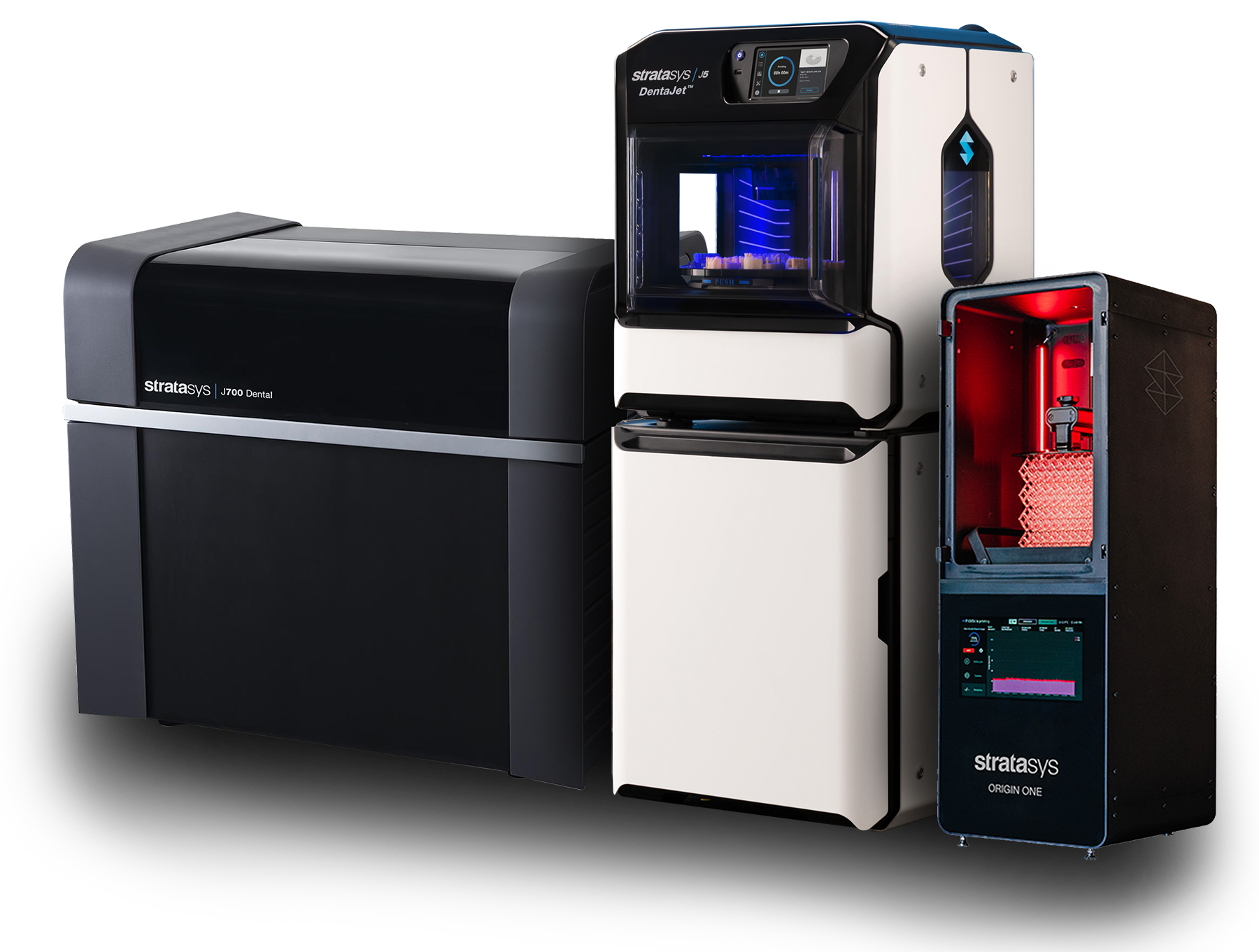Stratasys is a leading manufacturer of 3D printing technology, offering a wide range of printing solutions that are used across multiple industries utilising several technologies in its portfolio. This includes Fused Deposition Modelling (FDM), PolyJet, P3, Stereolithography (SLA), and Selective Absorption Fusion (SAF). Each technology has unique qualities and features that cater to specific needs and applications.
Fused Deposition Modelling (FDM)
Fused Deposition Modelling (FDM) is a 3D printing technology that creates objects layer by layer by heating and extruding a thermoplastic material. It is a versatile and widely used technology that is ideal for prototyping, end-use parts, tooling, and jigs.
F-Series:
F170
The F170 is an affordable, entry-level FDM 3D printer that is ideal for small businesses and educational environments. It has a small footprint, intuitive software, and is easy-to-use.
- Industries: Education, small business, and product design.
- Features & benefits: small footprint, intuitive software, easy-to-use, affordable, and reliable
F370
The F370 is an FDM 3D printer that is ideal for product design, small manufacturing, and education. It has a large build volume, easy-to-use software, and reliable performance.
- Industries: Education, product design, and small manufacturing.
- Features & benefits: High accuracy and repeatability, cost-effectiveness, and ability to print in a wide range of materials.
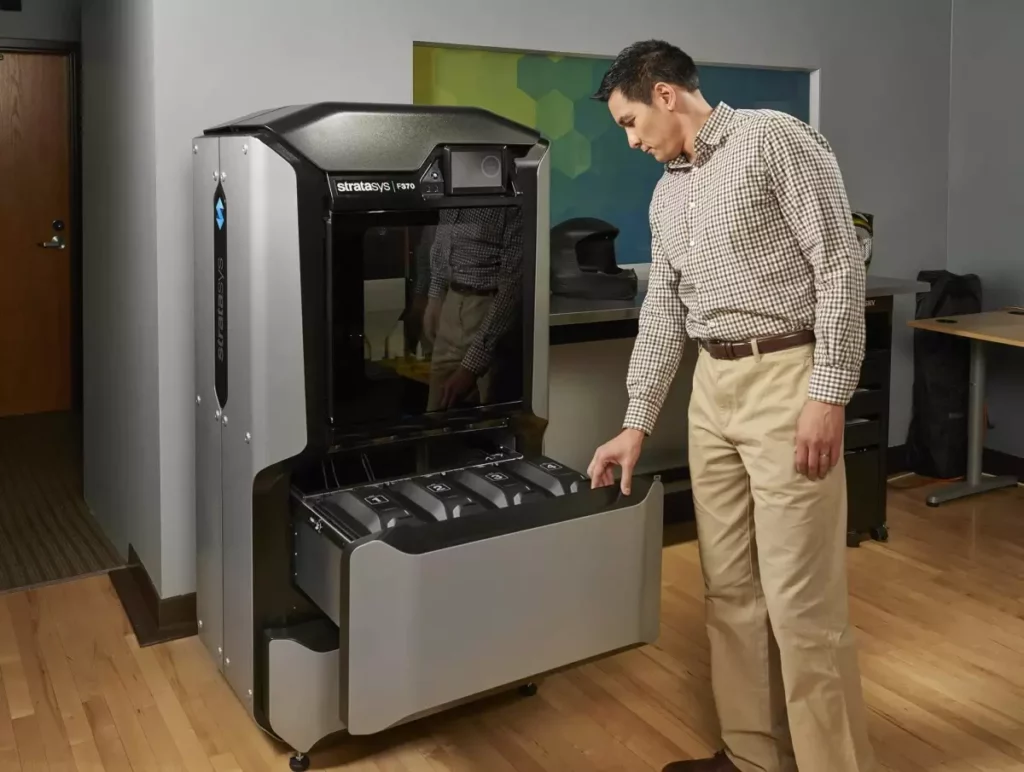
F770
The F770 is a large-scale FDM printer that is ideal for aerospace, large-scale manufacturing, and production environments. It has a large build volume, high-speed printing, and advanced material handling.
- Industries: Large-scale manufacturing, production, and aerospace.
- Features & benefits: Large build volume, high-speed printing, and advanced material handling. High accuracy, repeatability, and production efficiency ideal for printing large, complex parts.
Fortus range:
Fortus 450
The Fortus 450 is a mid-range FDM 3D printer that is ideal for producing durable, high-quality parts with speed and precision. It features a range of materials and is capable of printing parts with high resolution and accuracy.
- Industries: Aerospace, automotive, and industrial manufacturing.
- Features & benefits: Large build volume, high accuracy, and multi-material printing, production efficiency, and the ability to print complex, large-scale parts.
F900
The F900 is a large-scale FDM 3D printer that is ideal for producing durable, high-quality parts with speed and precision. It features a range of materials and is capable of printing parts with high resolution and accuracy.
- Industries: Aerospace, automotive, and industrial manufacturing.
- Features & benefits: Large build volume, high accuracy, and multi-material printing. The ability to print complex, large-scale parts. The F900 is also capable of printing in high-performance materials, including ULTEM 1010 resin, making it suitable for aerospace and other high-stress applications.
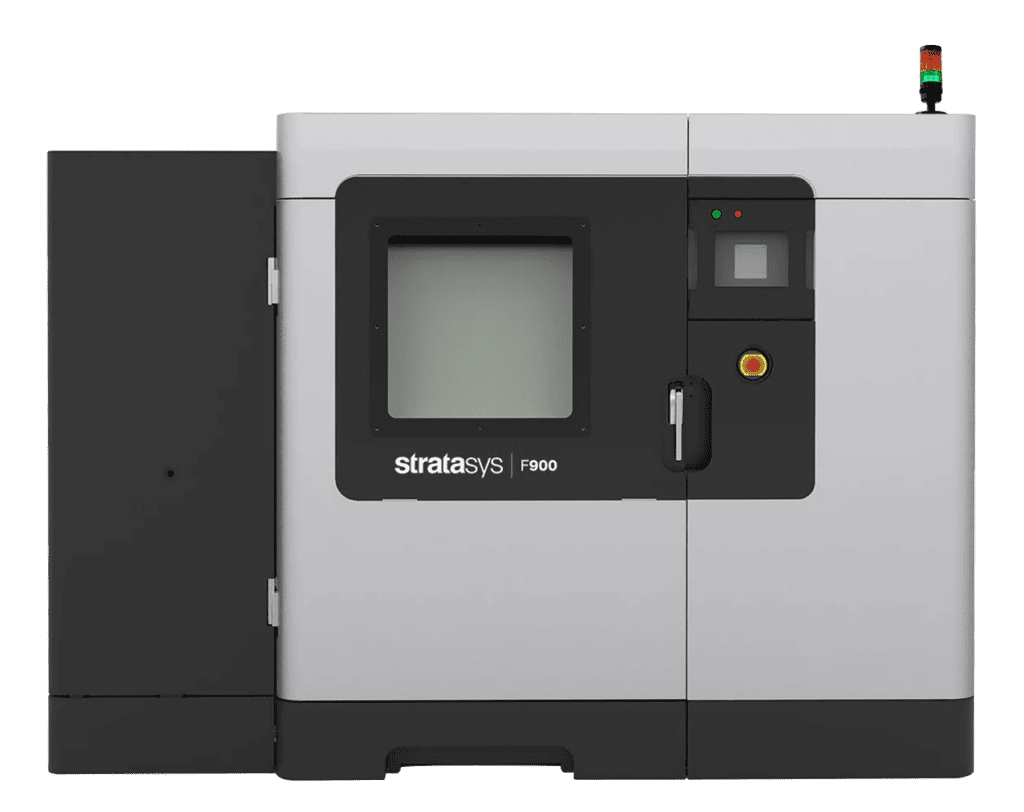

PolyJet
PolyJet is a 3D printing technology that uses inkjet-style printheads to deposit droplets of liquid photopolymer material onto a build tray. The material is then cured using UV light, creating solid layers that are built up to form a 3D object.
PolyJet offers high resolution and smooth surface finish, and is capable of printing in multiple materials and colours simultaneously. It is a versatile technology that is ideal for producing prototypes, end-use parts, concept models, and small production runs. PolyJet also offers the ability to simulate multiple materials and textures.
J8 Series:
J826
The J826 is an entry-level PolyJet 3D printer that is ideal for product design, small manufacturing, and education. It has a small footprint, easy-to-use software, and multi-material capability.
- Industries: Education, small business, and product design.
- Features & benefits: Small footprint, easy-to-use software, high resolution, multi-material printing, and full-colour capability.
J850 Prime
The J850 Prime is a PolyJet 3D printer that is ideal for concept models, product design, and small manufacturing. It has multi-material printing, high precision, and full-colour capability.
- Industries: Concept models, product design, and small manufacturing.
- Features & benefits: Multi-material printing, high precision, and full-colour capability, and ability to simulate various textures and materials.
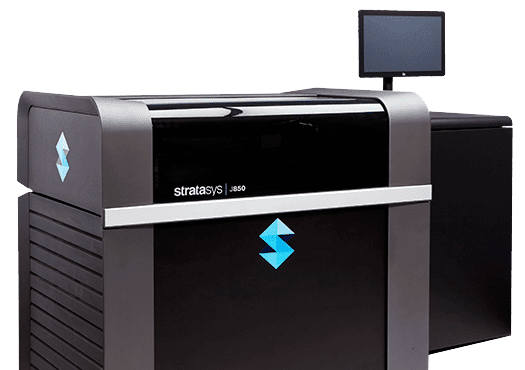

J850 Pro
The J850 Pro is a PolyJet 3D printer that is ideal for design verification and prototyping. It has high precision, full-colour printing, and multi-material capability.
- Industries: Design verification, functional prototyping, and small production runs.
- Features & benefits: High precision, full-colour printing, and multi-material capability.
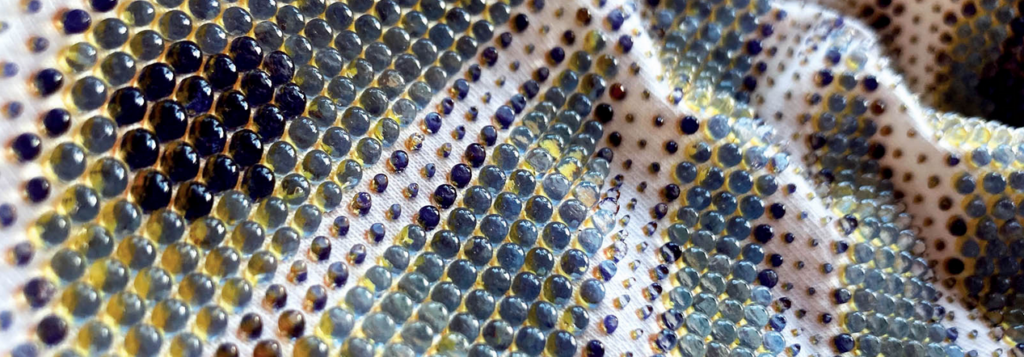

FabriX
The FabriX Innovation Kit is a PolyJet 3D printing system that is designed to accelerate product innovation and development. It includes a J750 3D printer, GrabCAD Print software, and a range of tools for creating custom material properties including 3D printing onto fabric.
- Industries: Product design, fashion.
- Features & benefits: Full-colour, multi-material printing, ability to customise material properties, and intuitive software.
P3
P3, or Programmable PhotoPolymerisation, is a 3D printing technology that uses light to cure a liquid resin into solid layers. It is capable of printing high-resolution, complex parts with fine details and smooth surfaces. P3 technology is ideal for producing functional parts, rapid prototyping, and manufacturing jigs and fixtures.
Origin One
Enabling mass production of end-use parts in a diverse range of high-performance materials. Manufacture on demand without the cost of retooling, and maintain minimal inventory by printing as and when you need to without delay.
- Industries: Manufacturing, product design, and engineering.
- Features & benefits: High-speed printing, multi-material printing, and high-resolution printing. High production efficiency ideal for printing complex, high-quality parts with fine details and smooth surfaces.
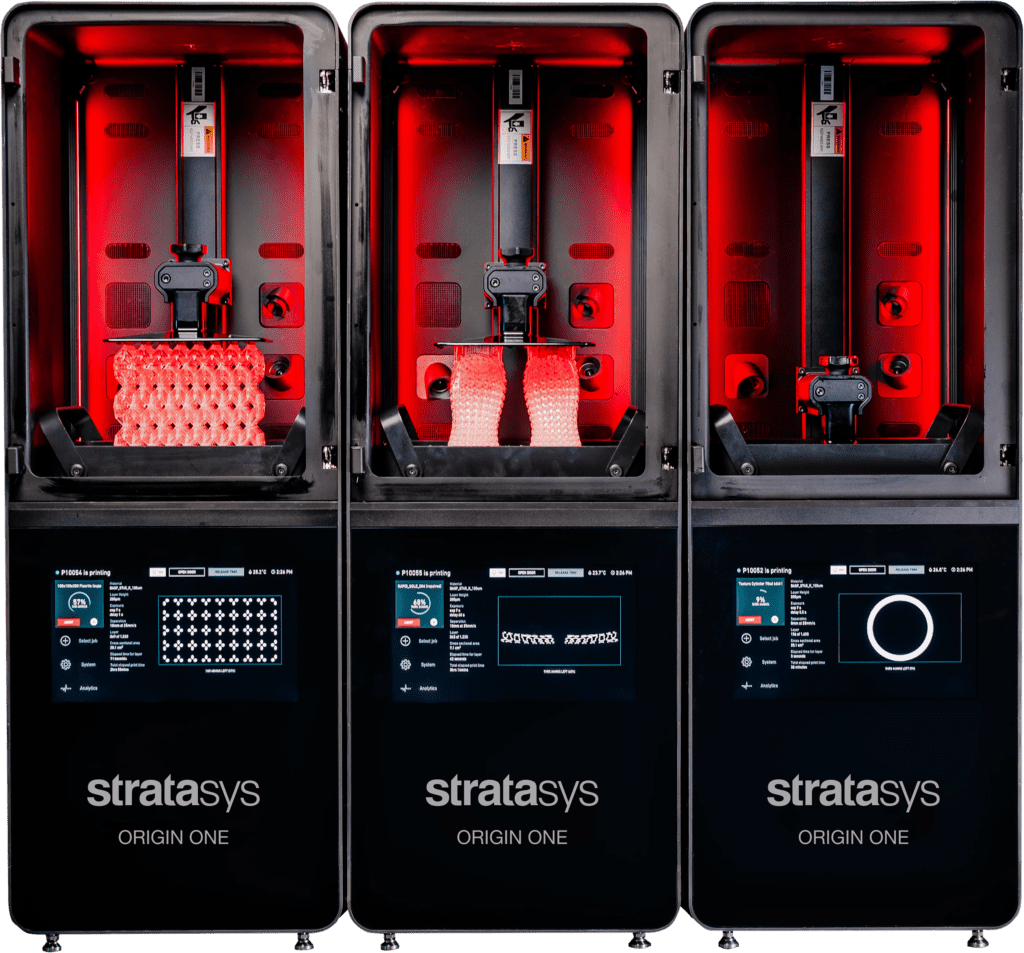

Selective Absorption Fusion (SAF)
Selective Absorption Fusion (SAF) is a 3D printing technology that uses a high-powered infrared light to fuse a powdered thermoplastic material into solid layers. SAF technology is capable of printing with high precision, accuracy, and speed, making it ideal for producing large-scale industrial parts with complex geometries.
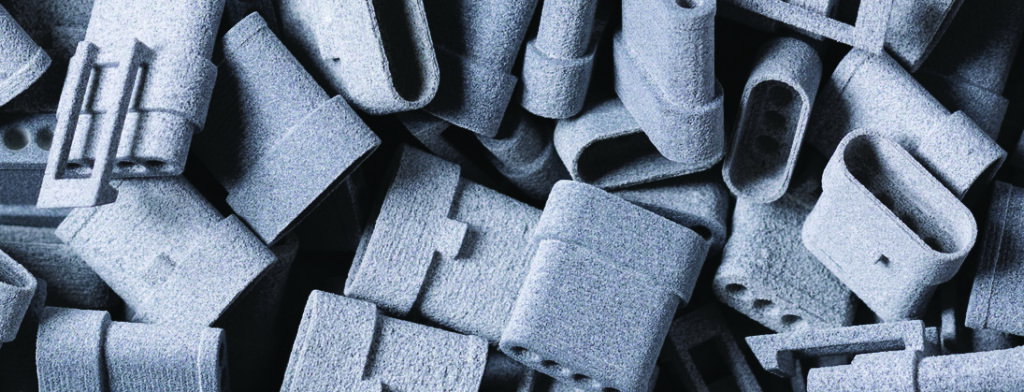

H350
The H350 is a SAF 3D printer that is ideal for producing large industrial parts with speed and precision. It features a range of materials and is capable of printing parts with high resolution and accuracy.
- Industries: Aerospace, automotive, and industrial manufacturing.
- Features & benefits: High-speed printing, large build volume, and multi-material printing. ideal for printing large, complex parts with fine details and smooth surfaces.
SLA
Stereolithography (SLA) is a 3D printing technology that uses a laser to cure a liquid resin into solid layers. SLA technology can produce parts with high resolution and accuracy, and is ideal for producing small, detailed parts and functional prototypes.
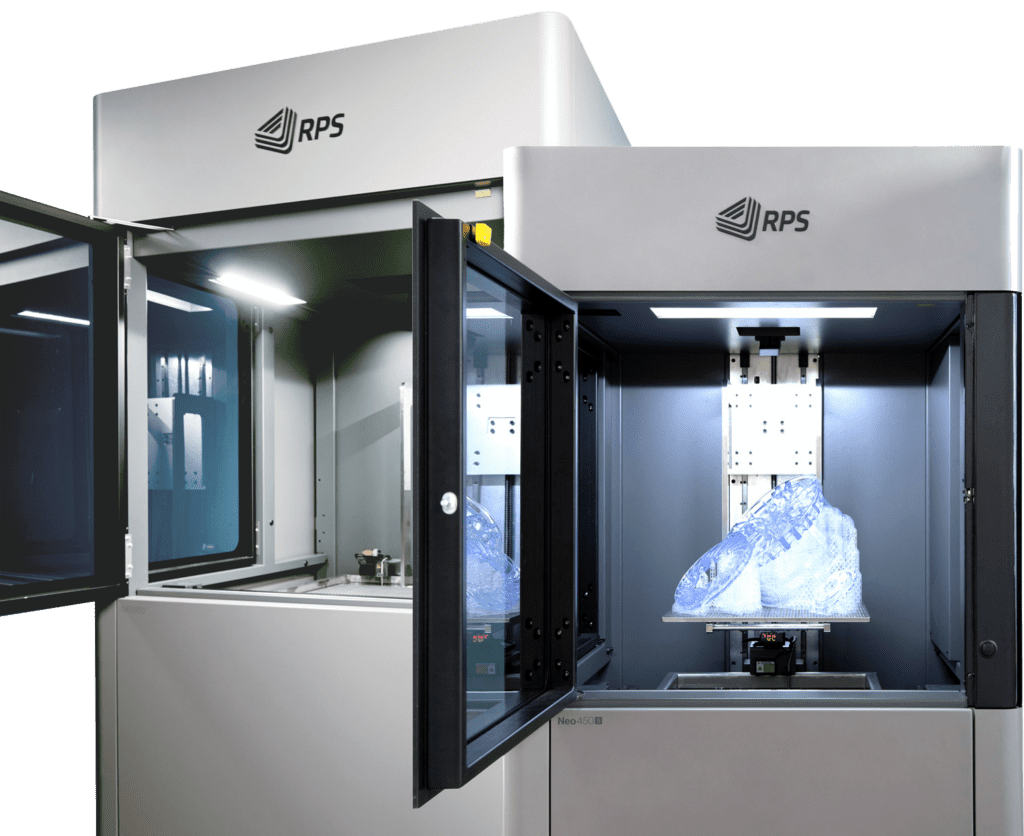

SLA printers:
NEO 450
The NEO 450 is an SLA 3D printer that is ideal for producing small, detailed parts with high accuracy and surface finish. It features a range of materials and is capable of printing parts with high resolution and accuracy.
- Industries: Product design, engineering, and manufacturing.
- Features & benefits: High resolution, fast printing speed, and multi-material printing.
NEO 800
The NEO 800 is an SLA 3D printer that is ideal for producing larger, detailed parts with high accuracy and surface finish. It features a range of materials and is capable of printing parts with high resolution and accuracy.
- Industries: Product design, engineering, and manufacturing.
- Features & benefits: Large build volume, high resolution, fast printing and multi-material printing.

